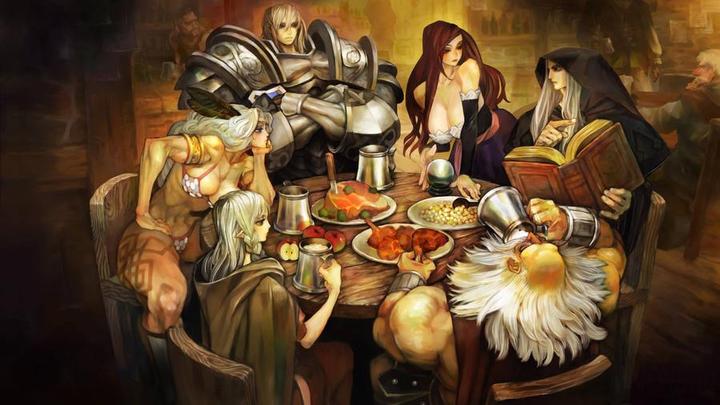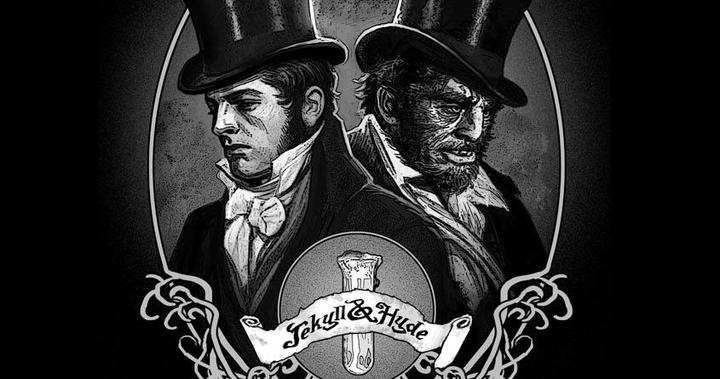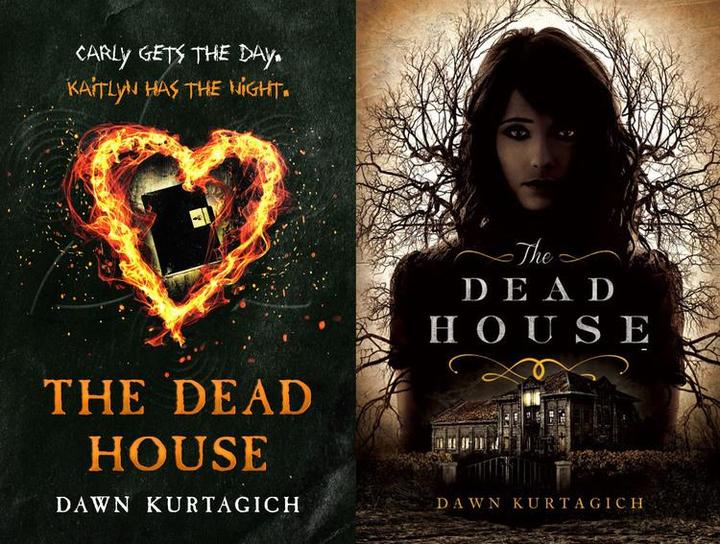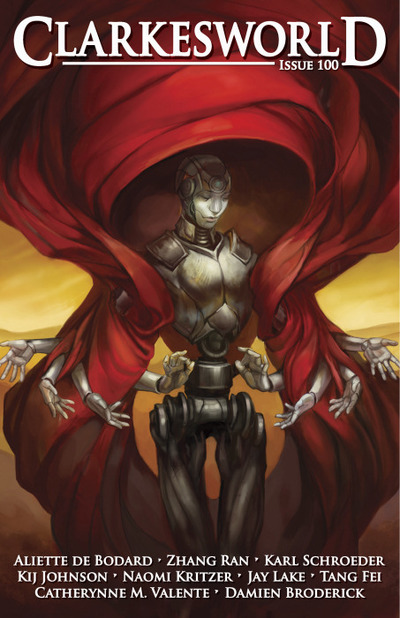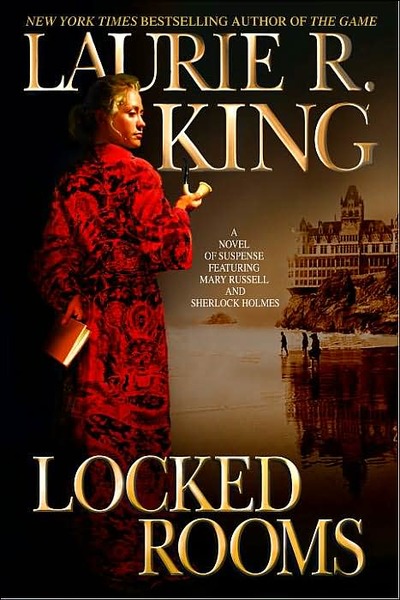Things Your Writing Teacher Never Told You: Serial POV – In its Myriad Forms
This is part 6 in the Choosing Your Narrative Point of View Series
Continuing in our exploration of 8 distinct POVs, we come to:
#5. Serial: 1st, 2nd, Tight Limited 3rd, Limited 3rd, or Blended
The Serial POV is a common variation of Mixed View Points in genre fiction.
It’s sort of like serial monogamy. You use more than one character’s viewpoint, but you don’t go hopping around in multiple heads in the same sentence, paragraph, or scene, often not even in the same chapter. This can be done with a series of alternating 1st Person, alternating 2nd Person (Very unusual!), alternating Tight Limited 3rd, alternating Limited 3rd Person, or an alternating blend of some or all of the above.
Serial POV neatly gets around the awkwardness of either forcing your protagonist be on the scene of every important event, or bringing the pace of the story to a screeching halt as characters sit down and do a narrative brick, disguised as dialogue, that features the supporting characters explaining what they were doing off-stage while you and the protag were running around elsewhere.
The POV usually doesn’t change until after a hard break indicated by the formatting on the page. In novels, chapter breaks and/or section breaks are often used. The chapters may also have a header that tells one or some combination of: time, date, place, and POV character’s name.
In short stories, sub-headers are often used which may be words, a dingbat symbol, or section numbers. Only rarely is it signaled by just a skipped line. The reader’s eye skips over that too easily.
The page formatting signal is often also reinforced overtly by the first sentence in the new scene. This can be done using several different elements:
- A previously-established distinguishing character trait: a dress made of seaweed, a samurai’s limp, a pet dragon, a favored pastry
- An ongoing event: a fight sequence, a blimp-ride, a demon-summoning ritual
- A place or setting: 20,000 leagues under the sea in the Nautilus, an all-night diner being attacked by zombies, the dungeon of the castle
- A distinctive voice: defined by accent; dialect; vocabulary that indicates age, class, culture, vocation; or a distinctive narrative tone.
No matter which of the above is used, it will often be something that was stressed in the previous section that featured this POV, thus indicating that the interrupted scene or narrative is now continuing.
Serial POV, and other forms of even-more promiscuously mixed POVs, is very common in mainstream and literary fiction, in both short stories and novels.
In genre writing, it can be a fine choice for a novella where the story has time to spread out. It is more difficult (but not impossible) to make the case for using Serial Limited 3rd in a non-humorous short story under 10,000 words. However, it works very well for short humor pieces in any genre.
It often works well for stories about a group of characters adjusting to a big change: the first year of wizarding school, slaves who have been freed, apprentice steamboat pilots on their first assignment. It also works well for a group of characters getting ready for one big event: the royal wedding, the opening of the Crystal Palace at the 1851 World’s Fair, the big battle.
Often, these stories are as much or more about how the characters are feeling and reacting than they are about the action or the event itself. The action (and sometimes the whole plot) is often just a backdrop for character exploration.
Serial 1st: this features two or more characters who take turns as the Point of View Character, both of whom are directly narrating/telling the story to the reader, and therefor, use the I pronoun. For this to work well, their narrative voices need to be remarkably distinct, in addition to using some of the transition techniques described above. This is used most often when the author wants to tell two versions or two sides of the same story, and doesn’t have the option of doing it over the stretch of two novels, the way Anne Rice did with Interview with the Vampire and The Vampire Lestat.
I used it recently in a feminist re-imagining of The Bride of Frankenstein. It’s often used in paranormal romances for a he said/she said tale. It would work nicely for a retelling of the Dr. Jekyll and Mr. Hyde story. (Somebody has probably already done this.)
(Perhaps inspired by the Jekyll and Hyde story:) It’s used to great effect in the YA book The Dead House, by Dawn Kurtagich, where two girls appear to share the same body. They communicate with each other via notes and a journal. (The text also makes use of other variations on the epistolary form including police reports, newspaper articles, and therapists’ case notes.)
Here’s a lovely example showing a bit from each of the POVs. We’ll start with the ending paragraphs from a “Message Book Entry” section from the Carly character, and go through the opening graphs of the section from Kaitlyn that follows it.
Message Book Entry
Undated…
…By the way, watch your elbow. I grazed it in PE, but the nurse cleaned it out. Sorry, Kaybear.
Love you! I’ve left Heart of Darkness under the pillow. The new Internet code is NX74S1D. Don’t forget to clear the history if you go into the computer room.
Xoxoxo
Carly
Diary of Kaitlyn Johnson
Friday, 3 September 2004, 12:52 am
Dorm
There’s a voice in my ear. His name is Aka Manah. I have never told Carly about him because – hello, crazy.
Sometimes I feel him scratching around in there, or whispering, on and on. I think he’s there to make me feel guilty for surviving when they didn’t. I think he’s here to make me feel as dead as they are.
I know it’s because of the drugs they give Carly. The Klonopin, the Xanax, and the risperidone. They screw with my mind and not hers – how cute.
First person narratives tend to move more slowly, because of the virtual hanging-out and chatting that the narrating character inevitably needs to do with the reader, to make this POV choice work. When you have two 1st person narrators, it can slow the action down even more, as each POV works through the getting-to-know-you stage. And each “I” character has to have a strongly developed and distinct voice, tone, and world-view. We should be able to tell who is in the narrator seat within the first sentence or two simply by vocabulary, dialect, tone, and world-view.
Serial 2nd: Earlier, in Part 3 of this series, we looked at Kij Johnson’s twist on 2nd Person in her story, “The Apartment Dweller’s Bestiary.” (Clarksworld 100: story available online free here.)
The story is made up of 20 very short vignettes. Each masterfully reveals a distinct, but unnamed, character going through a specific kind of relationship problem. I identified it as a 3rd Person POV masquerading as 2nd – which is a very fine way to think of Serial 2nd.
Serial Tight Limited 3rd: Most often we see two POV characters set up on equal footing, without the messiness of all those I pronouns. There is still a strong focus on characterization and voice, but the reader doesn’t expect to form a BFF relationship with the POV character. So interior monologues can be brought down a notch when you’re not using “I” pronoun.
Serial Limited 3rd: Using two (or more) Limited 3rds can speed things up even further, and is terrific for big sweeping plots that span continents, planets, solar systems, or decades, centuries, and aeons. It lets you explore unrelated characters or events that may simply be squares on a patchwork quilt, or which are brought together in a big rollicking end.
The wonderfully cheesy movie Independence Day did this brilliantly, following several groups of people in different cities and from different social strata, before bringing them all together at Area 51. Where else would you expect the president of the United States, a fighter pilot who wants to be an astronaut, his girlfriend the exotic dancer, an alcoholic crop-duster who believes he’s been abducted by aliens, an environmentalist who used to date the president’s wife, and a creepily-weird scientist who has been working on trying to reverse engineer alien technology all together to battle an alien invasion?
But Serial Limited 3rd does come with a distancing element. It just isn’t as intimate and personal as 1st Person or Tight Limited 3rd. Since the reader isn’t bonding with a narrative character as a close friend, the action and plot need to be heightened to carry the reader along. And POV characters need to be quirky and made memorable in a few quick brushstrokes.
Serial Blends: Doing a Serial Blend, using 1st Person for the primary protagonist and one or more of the 3rd Person options, is often done in novels, especially in a trilogy or longer series. We know that our hero is the one using the I pronoun, and the other POVs are there as supporting or antagonizing cast members. It’s clear who we’re supposed to root for and enjoy pal-ing around with.
This blending can also be used to good effect when the protagonist is rendered mentally or physically unfit to serve as narrator for a period of time. This can really open up the options of danger that can befall the protag, and therefore, raises the stakes. The pacing of the story can continue on at a breakneck speed, without having to wait for the protagonist to wake up or become physically fit enough to resume the action. We see this come into play frequently in later books in an on-going series.
It’s done to great effect in Locked Rooms, the 8th book in Laurie R. King’s Mary Russell Mysteries, also known to some as the Beekeeper’s Apprentice series. For those not familiar with the series, Mary Russell, once apprenticed to the newly-retired, bee-keeping Sherlock Holmes has now married him, and the two are once more in the game. She is, the protagonist in all the books, and by this time in the series, she is an equal and often the leading-partner in the mysteries and adventures they take on. But in this book, she becomes mentally unfit due to psychological trauma she had long-locked away as they return to childhood home in San Francisco and dig into family events surrounding the great earthquake of 1906.
The book blends Mary in the role of 1st Person POV, interludes in Limited 3rd from an important secondary character in 1906, interludes in Omniscient 3rd giving historical events and context, and chunks in Tight Limited 3rd in Sherlock Holmes’ POV. (Some might make an argument that, due to a perceived distance in his sections, they are told in Limited 3rd, but they so resemble Holmes’ voice, as conveyed in dialogue throughout the series, that I maintain it’s Tight Limited 3rd.) The details that she remembers while incapacitated by repressed memories breaking down are, of course, central to the solution of the mystery. And by the end of the book, she has regained her strength and agency.
The more POV shifts an author uses, the more careful you have to be to clue the reader in to the transitions. You will likely need to use more than one of the techniques discussed earlier in this article. King does it well in Locked Rooms. Take for instance the transition she makes for when Russell first becomes incapable of continuing the narrative. We’ll pick up at the end of Chapter 9. The text has slowly shown her to be sinking into a disturbed state, including having an elevator attendant notice she’s not quite right, as he takes her to her hotel floor.
…The key even turned the lock, an event I found mildly amazing considering the uncertain state of the rest of the universe.
Granite pillars, in the general course of events, did not simply crumble and fall. Trollies did not leave their tracks and set off down the side streets. Lightning did not strike out of a cloudless sky.
Psychiatrists who made for the only secure hold in a time of catastrophe did not bleed to death on their office floors.
I stepped out of my shoes, ripped off my hat, gloves, and coat, and burrowed deep among the bed-clothes.
Which is where Holmes found me five hours later.
Book Two
Holmes
It is a singularly disconcerting experience to discover a supremely confident individual brought to her knees; even more so when that person is one’s wife.
Before an author says, “If she can do it, I can do it,” to this mixed grab-bag of POVs, the author should keep in mind this was book 8 in the series, so her protagonist’s POV and character are well-established and were in no danger of being over-shadowed by her more famous husband; and it didn’t happen until page 173 of a 485-page book. The historical interludes were sprinkled in earlier, but they were clearly historical interludes, and therefore of no threat of over-shadowing our protagonist’s POV.
Serial POV, of whatever stripe and mixture work best in longer works, in shorter works of humor, or in inter-connected vignettes that tell a patchwork story. They are generally not a good idea for traditional genre short stories.
This has been part 6 in the Choosing Your Narrative Point of View Series (and #5 of our POV styles). The previous chapters are:
Part 1: A Few Questions to Get You Started
Part 2: Who is Your Point of View Character?
Part 3: A Closer Look at Some POV Styles Commonly Used in Fantasy (Starting with Some Intriguing Uses of 2nd Person)
Part 4: 1st Person and Tight Limited 3rd – A Closely Related Duo
Part 5: The Younger Sibling of 1st & Tight Limited 3rd: Simple Limited 3rd & The Case for Choosing A Single-Character POV
Next up, we move into the Omniscient 3rds.
Tina L. Jens has been teaching varying combinations of Exploring Fantasy Genre Writing, Fantasy Writing Workshop, and Advanced Fantasy Writing Workshop at Columbia College-Chicago since 2007. The first of her 75 or so published fantasy and horror short stories was released in 1994. She has had dozens of newspaper articles published, a few poems, a comic, and had a short comedic play produced in Alabama and another chosen for a table reading by Dandelion Theatre in Chicago. Her novel, The Blues Ain’t Nothin’: Tales of the Lonesome Blues Pub, won Best Novel from the National Federation of Press Women, and was a final nominee for Best First Novel for the Bram Stoker and International Horror Guild awards.
She was the senior producer of a weekly fiction reading series, Twilight Tales, for 15 years, and was the editor/publisher of the Twilight Tales small press, overseeing 26 anthologies and collections. She co-chaired a World Fantasy Convention, a World Horror Convention, and served for two years as the Chairman of the Board for the Horror Writers Assoc. Along with teaching, writing, and blogging, she also supervises a revolving crew of interns who help her run the monthly, multi-genre, reading series Gumbo Fiction Salon in Chicago. You can find more of her musings on writing, social justice, politics, and feminism on Facebook @ Tina Jens. Be sure to drop her a PM and tell her you saw her Black Gate blog.

